Eyes, JAPAN
Denmark‘s $34 Billion Energy Islands
Morten
Introduction
In the race against climate change, Denmark has emerged as a frontrunner with its groundbreaking energy island project. Their idea is to build two energy islands for a combined cost of $34 Billion. One will be an artificial island in the North Sea and the other an energy hub, built on the island of Bornholm in the Baltic Sea.
The plan for the artificial and the natural islands is to first provide electricity with offshore wind turbines and then later in addition produce green fuels such as hydrogen. This construction project is the biggest in Danish history and these islands represent a priceless contribution to a sustainable future, where nations unite in the fight against climate change.
North Sea – Artificial Island
The artificial island in the North Sea will create 3 to 4 GW (one gigawatt is as much as one billion watts) initially and has the potential to be further developed by the Danish Government and partners to create up to around 10 GW. That would be enough to provide for around 10 million households. The island and the first 3 GW of wind energy are expected to be ready by 2033. Denmark will own at least 50.1%, meaning a majority ownership, of the island, but investors can participate. Making it an exciting business for the state of Denmark and potential investors.
How does this energy island work one might ask. The artificial island collects energy from surrounding wind turbines and then contributes the energy through undersea cables. The turbines used in offshore wind farms are generally bigger, and since they are located in areas with stronger and more consistent winds, they can produce more energy. Another advantage is that there are no people around who could be affected by the turbines or oppose the construction, and there is more space available. However, it is important to note that offshore wind turbines are more expensive and take longer to construct.
The exact location of the island is not clear, but the Danish government plans to build the island around 80 km off the coast of Denmark in the North Sea. A suitable location, from where it can easily be connected to surrounding countries other than Denmark like the UK, Norway, Belgium, and Germany. Also, offering a lot of space for future expansions.
Right now, it is not clear what the artificial island will be made of or what it will look like. Two likely concepts are that the island will either be made of watertight caissons with surrounding seawalls or built with sand. The size of the island also isn’t set in stone yet. The concept of potential additions such as facilities dedicated to the production of green fuel e.g. hydrogen, a visitor center, and research facilities along with other ideas might be added in the future.
Baltic Sea – Bornholm
The concept of the energy island in the Baltic Sea mirrors its North Sea counterpart. The difference is that Bornholm is an actual natural island where people are living. The project will connect multiple wind farms, each consisting of multiple offshore wind turbines, to a single hub which is located on the island which then contributes the generated electricity to Denmark and potentially Poland, Sweden, and Germany. These wind farms will be able to generate up to 3 GW of electricity. The wind turbines will be placed between 15 and 45 km off the coast of the island. The construction of the Bornholm project is planned to finish in the year 2030.
Of the around 40 thousand people living on the island of Bornholm, a vast majority are in favor of the project. A poll done by a local television station showed that 85% of its people are supporting the project. The island already has a very eco-friendly view and all its heating and electricity production comes 100% from renewable energy. The island’s goal is to have all energy consumption covered by green energy produced on the island by 2025.
Green Hydrogen
The topic of the Danish energy islands is connected to multiple other fascinating topics. Which would also deserve a deeper dive. Like the very fascinating topic of the construction of different types of offshore wind turbines. Most of them are fixed to the ground but some are afloat. Alternatively the issue of installing all this technology inside the environment while causing minimal damage. Like the hundreds of kilometers long undersea cables. However, for this blog post, we’ll limit ourselves to discussing the green fuel that will be produced on both islands in the future. When we talk about green fuel we are talking about green hydrogen in the context of this project. The process of generating hydrogen is called electrolysis. During electrolysis, water (H2O) is split into hydrogen (H2) and oxygen (O2) using electricity. If the electricity used in this process comes from renewable sources such as wind, the hydrogen produced is considered “green” because its production has minimal environmental impact and does not contribute to carbon emissions. This split of hydrogen can then be used to fuel vehicles or produce further electricity.
Conclusion
In conclusion, Denmark’s $34 billion energy islands project marks a monumental step towards a sustainable future, showcasing the nation’s commitment to combatting climate change. Especially considering the millions of houses this project could provide with green energy while Denmark itself only has a population of under six million. The ambitious plans for both the North Sea artificial island and the Baltic Sea Island of Bornholm not only position Denmark as a frontrunner in renewable energy but also open doors for international collaboration. With the potential to revolutionize energy production, boost economies, and contribute to a cleaner, greener world, Denmark’s energy islands exemplify the strength of forward-thinking initiatives in the face of climate change.
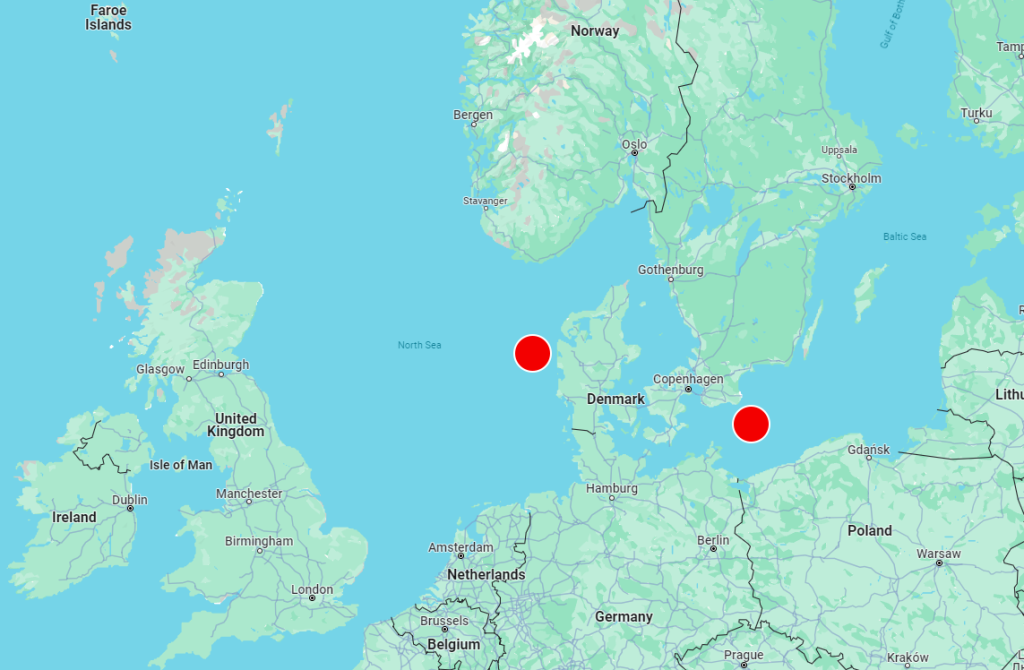
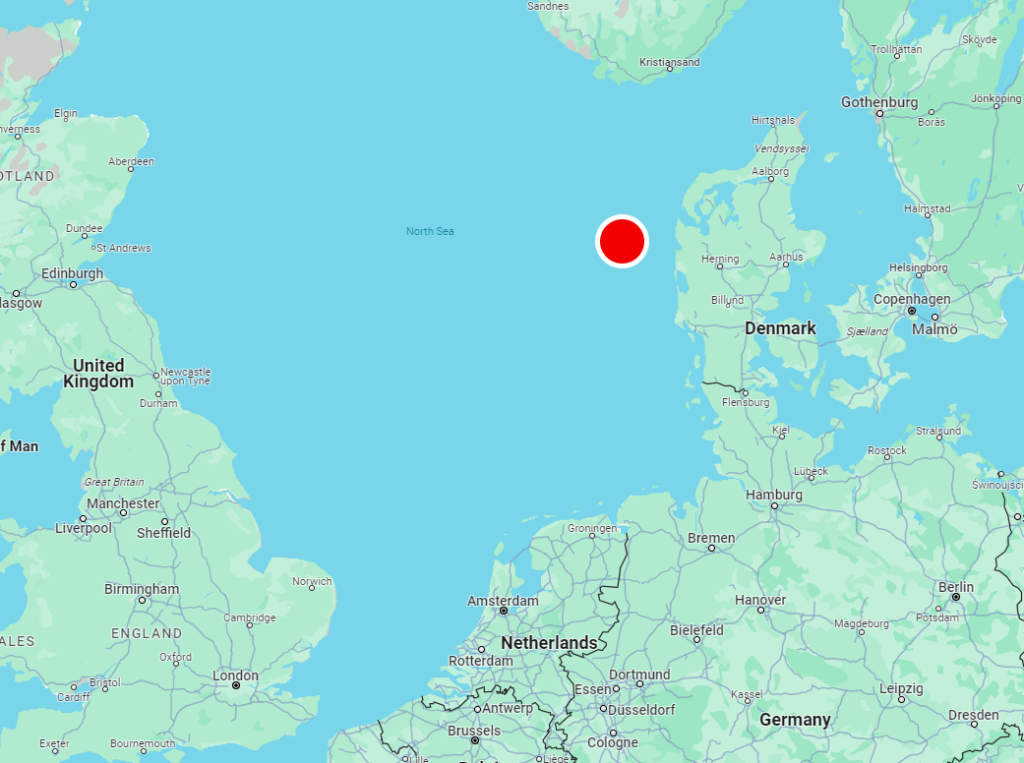
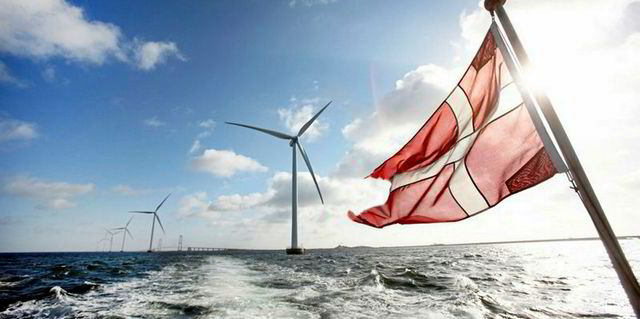
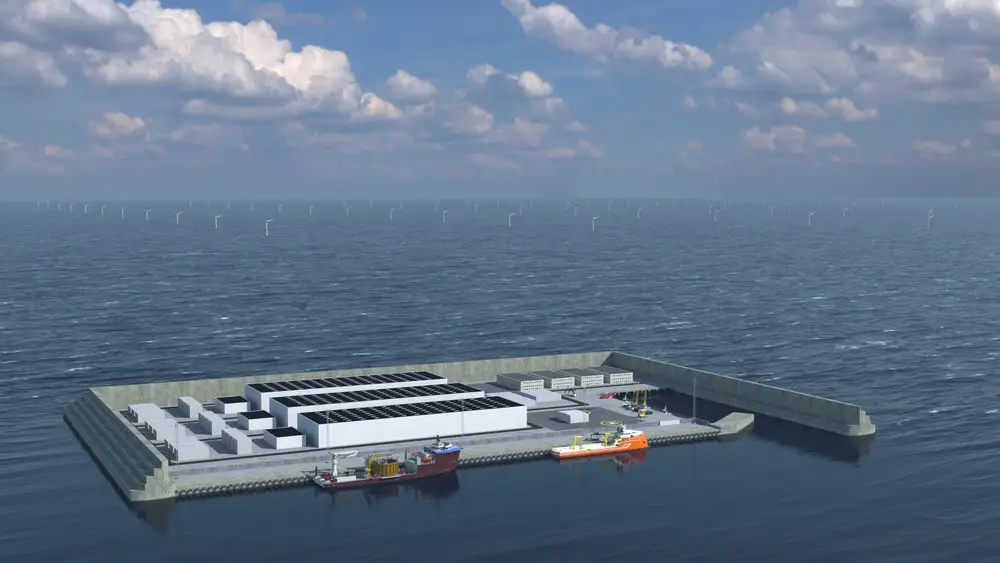
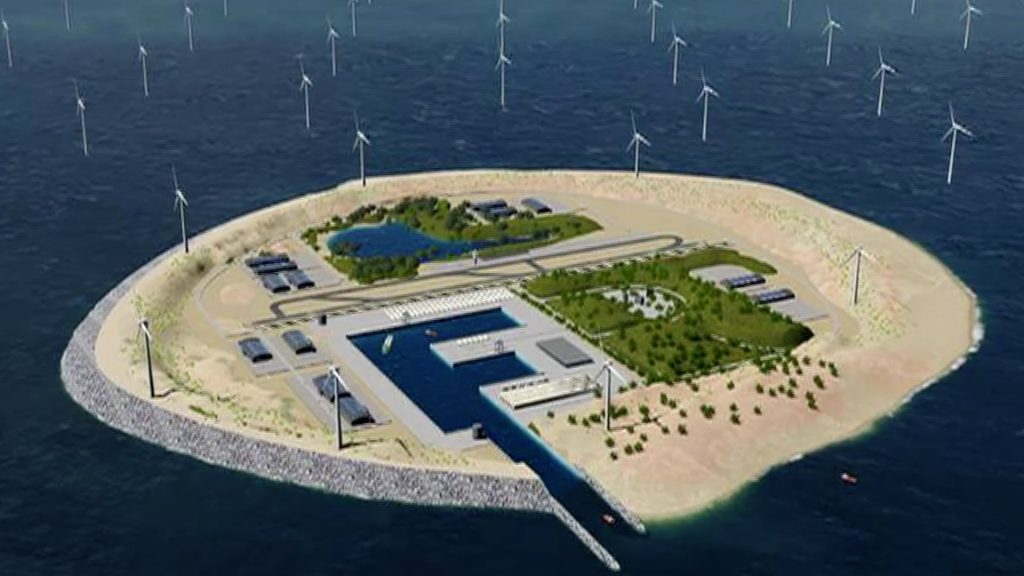
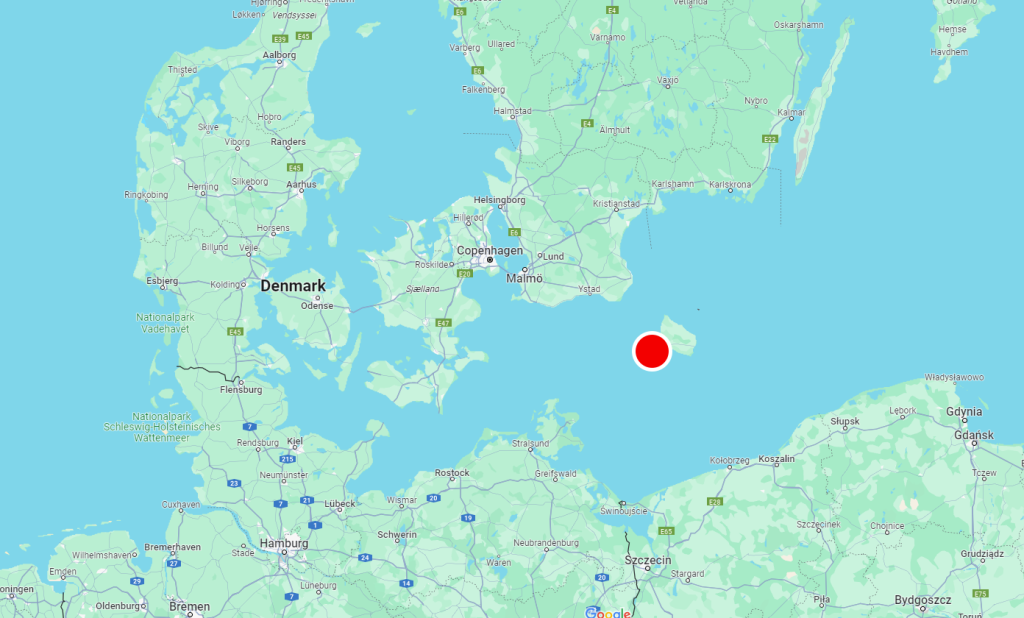
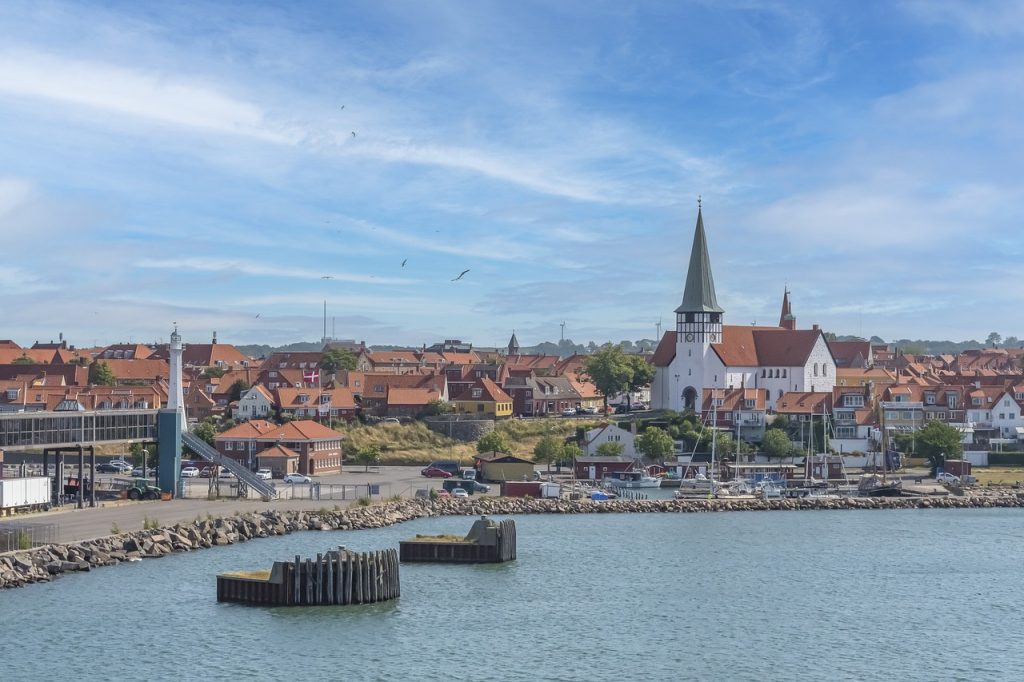
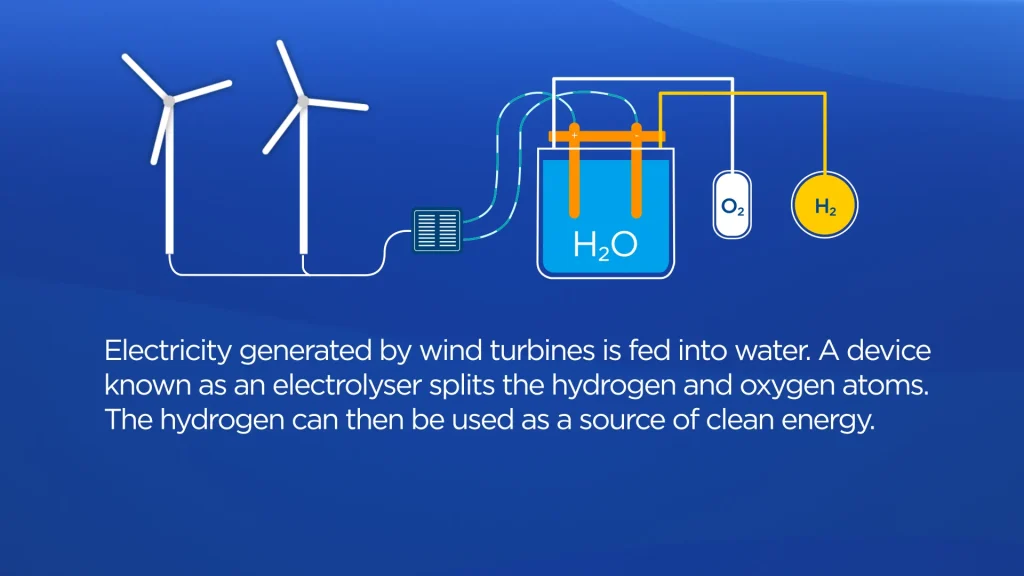
 2024/04/23
2024/04/23 2024/03/26
2024/03/26 2024/02/27
2024/02/27 2024/02/23
2024/02/23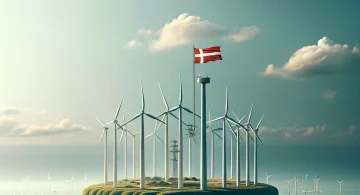 2024/02/09
2024/02/09 2024/02/02
2024/02/02 2024/01/23
2024/01/23 2024/01/12
2024/01/12